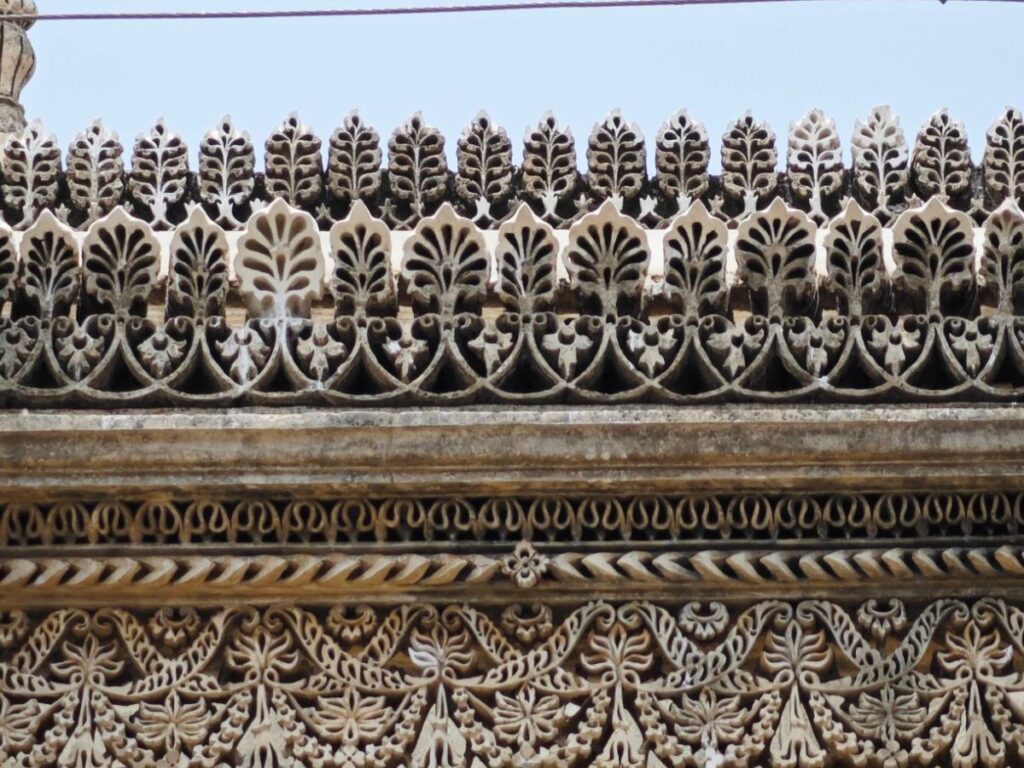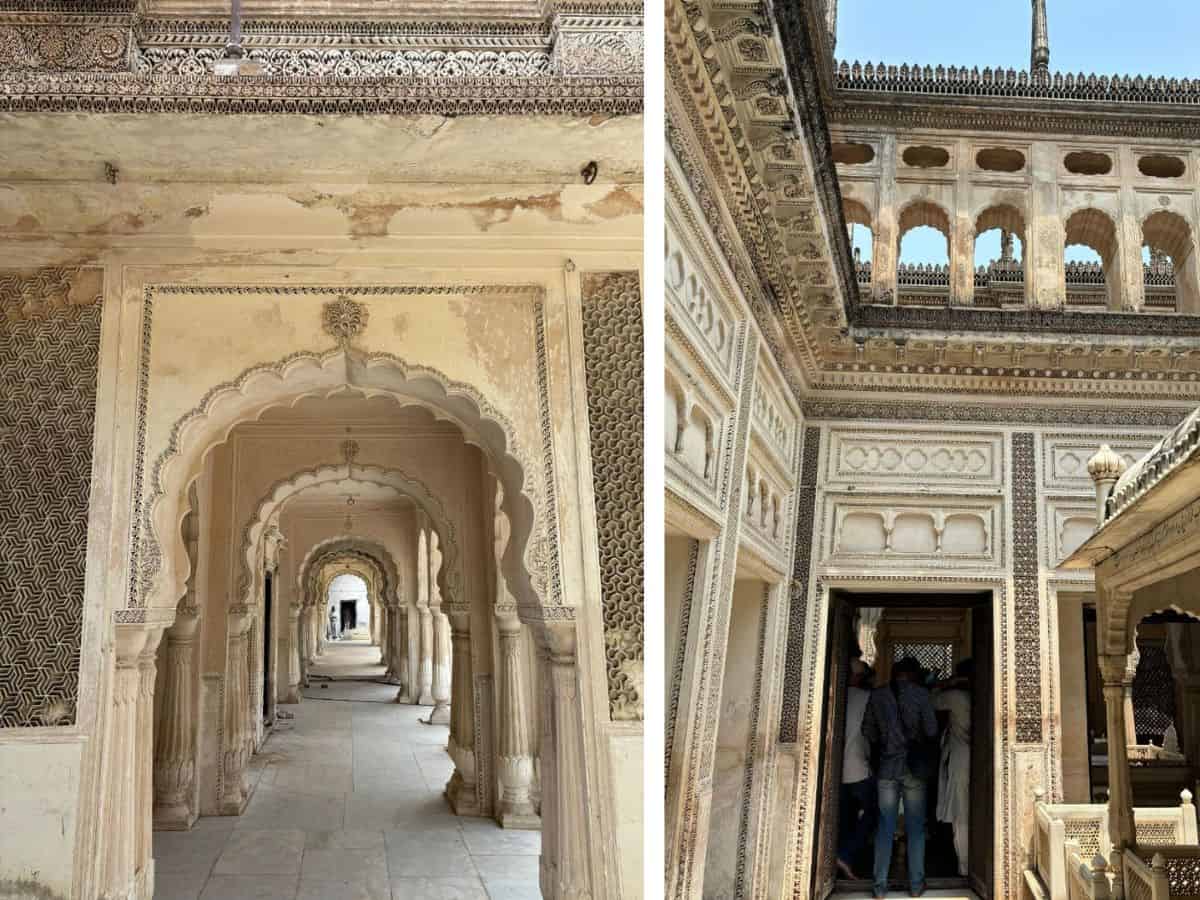Hyderabad: Hidden in a corner in the Old City beyond any touristic eye lies the Paigah tombs, which is perhaps one of the most underrated historical sites that the city houses. From its unique minarets to the ornate Jali work, the tiny tomb complex is currently undergoing a transformation thanks to restoration works which began two years ago.
The tombs complex is also an interesting site historically as it houses the dead from the only other family to have its own necropolis of the Paigah nobles. (The other one belongs to Hyderabad’s founding dynasty – the Qutb Shahis or the Golconda kings). Even the Nizams of Hyderabad do not have their own tombs complex. The first Nizam is buried in Aurangabad, while the second to sixth lay in the Mecca Masjid and the last one is buried in the Judy masjid beside his mother.
Thanks to the Aga Khan Trust for Culture (AKTC), the Paigah Tombs is being painstakingly restored, with its fine jalis also being redone. AKTC chief executive officer (CEO) Ratish Nanda said that his organisation will take another two years to complete the restoration works.
Hyderabad: AKTC, govt sign MoU to restore three more historic sites
‘Paigah Tombs are distinct’
“It’s like restoring a painting due to the ornamentation which is very peculiar. The jalis took us time as there minarets that have a base of terracotta as well. The minarets are made with a mix of different materials including lime, terracotta, iron etc. The Paigah tombs are very distinct from anything else in Hyderabad,” Nanda told Siasat.com
He added that the Paigah Tombs are distinct and unique, both as an individual building and as an ensemble. “The profuse ornamentation on it makes it special. The jalis are made with very fine one mm thick terracotta tiles, so this is a craft we had to reinvent and revive. The stucco work on the minarets are also very unique in terms of material and design,” Ratish Nanda explained.

In the Paigah tombs, most are open to the sky, and the complex is a series of enclosures. The gravestones are made of marble, and some say that the marble is from the same place from where the Taj Maha’s marble was sourced from (this is however not confirmed).
The Paigah Tombs is being restored in association with the US Ambassor’s Fund for Cultural Preservation and the Telangana Heritage department. Nanda stated that works will take another two years to finish.
Who were the Paigah nobles of Hyderabad?
The word Paigah stands for pomp in Persian, and its nobles were pretty much the first in line within the nobility, and second only to the Nizams of Hyderabad. The Nizams of Hyderabad came into their position in 1724 as governors of the Deccan under the Mughals. The first Nizam Qamruddin Khan, took over after killing an existing governor named Mubariz Khan in Aurangabad.
The family’s founder was Abu’l Fateh Khan Tegh Jung, but it was his son It was Fakhruddin Khan who was regarded as the head of the Paigah family in the late 18th century. He was also married into second Nizam of Hyderabad Nizam Ali Khan’s family. (1762-1803). The family was tasked with the job of raising an army for the Nizams of Hyderabad.
However, that job was eventually passed on to the British East India Company, with which the second Nizam signed the Treaty of Subsidiary Alliance in 1798, which allowed the British to settle down in Hyderabad for good. The EIC was tasked with raising an army, and sought a compensation of about Rs 24.17 lakh a year.







